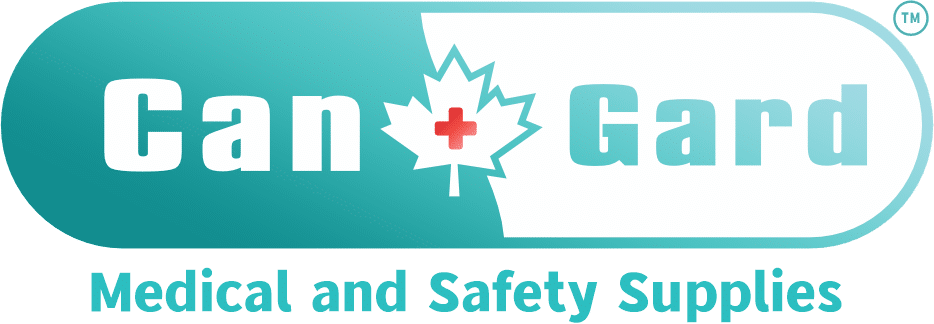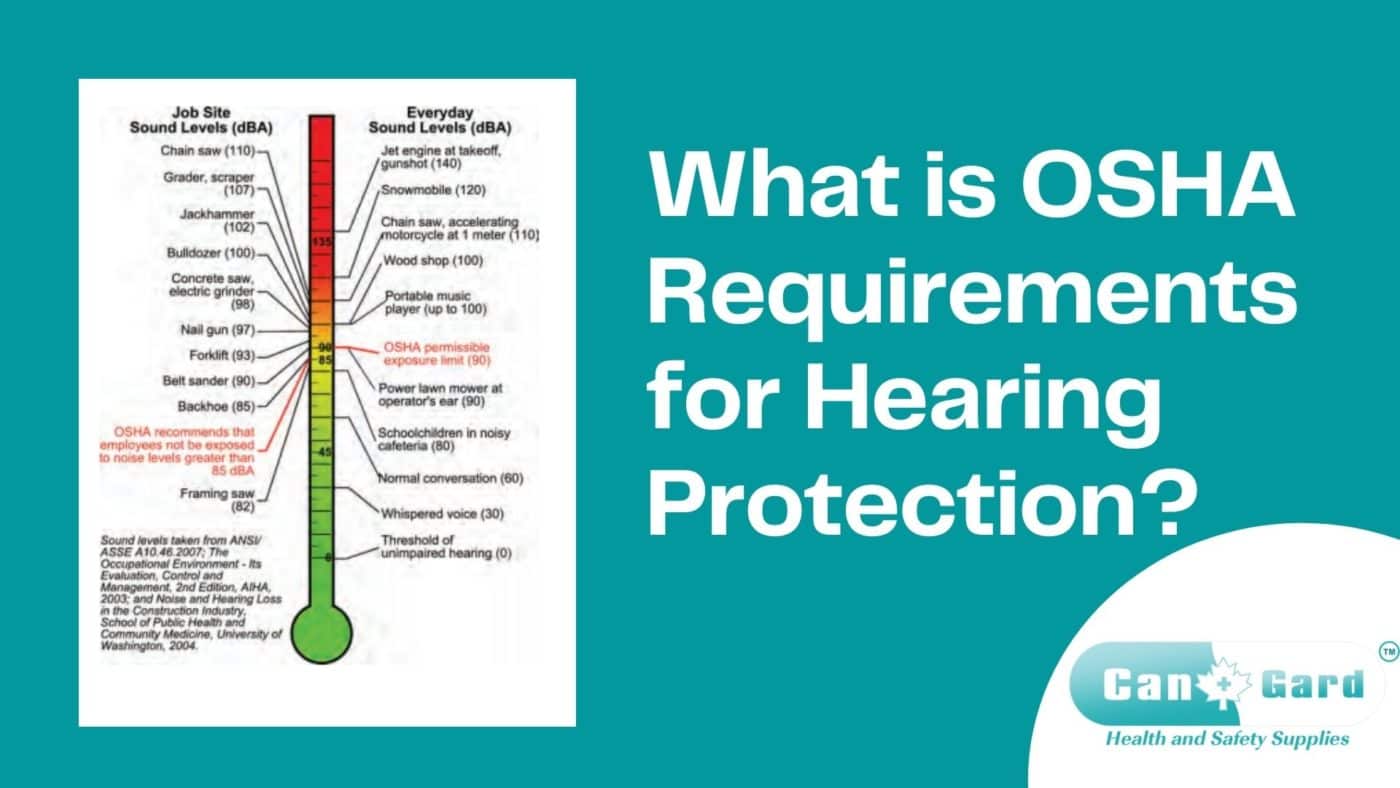Hearing Protection
What is OSHA Requirements for Hearing Protection?
OSHA is the Occupational Safety and Health Administration. OSHA requires employers to provide hearing protection for workers exposed to noise levels above 85 decibels, A-weighted, for eight hours. The workplace should be free from hazardous noise levels that could lead to a worker’s hearing loss or impairment.
This blog post discusses OSHA requirements for hearing protection in more detail.
1. What are OSHA requirements for hearing protection?
The Occupational Safety and Health Administration (OSHA) requires employers to provide hearing protection for workers exposed to noise levels above 85 decibels, A-weighted, for eight hours. The workplace should be free from hazardous noise levels that could lead to a worker’s hearing loss or impairment.
Employers must comply with OSHA regulations to reduce potential risks of occupational illness such as hearing damage. Workers should wear earplugs when working near noisy machinery, even if it is below 85 dB(A). Earplugs can work by blocking out scary sounds, so our ears don’t have much exposure at all.
2. How do I know if a job requires hearing protection?
Companies tend to inform their applicants that jobs require hearing protection by listing it on the job description. If you’re not sure if a company needs hearing protection, ask your future employer about their safety regulations or call OSHA to get clarification.
OSHA recommends that workers wear earplugs when exposed to noise levels above 85 dB(A) over an eight-hour time period to protect their ears from injury and impairment.
If employers comply with this regulation, there is less risk for occupational illness such as hearing damage or loss because employees will be provided with necessary protective equipment, including earplugs that help block out hazardous sounds. Hence, our ears have minimal exposure at all times.
Workers should always wear appropriate personal protective equipment (PPE), but
3. When should I wear hearing protection?
It would be best if you had hearing protection at all times. Wear hearing protection when you are exposed to hazardous noise levels.
You can’t go wrong with earplugs if your employer doesn’t provide them for you, so be sure that is the case before going out and buying some on your own.
If employers comply with this regulation, there is less risk for occupational illness such as hearing damage or loss because employees will be provided with necessary protective equipment, including earplugs that help block out hazardous sounds. Hence, our ears have minimal exposure at all times.
Workers should always wear appropriate personal protective equipment (PPE). Still, it’s wise to take precautions against potential hazards like loud noises by using earplugs to protect sensitive parts of the body from hazardous sounds.
4. Is there anything else that can cause damage to my ears other than loud noises?
Yes, several other things can cause hearing damage, such as:
– being exposed to prolonged high levels of loud noises (for example, at concerts)
– using earbuds or headphones for extended periods without proper volume setting and protective gear like earplugs. This is because the sound pressure from devices directly enters your ears, so it’s essential to make sure you have them set to an appropriate level not to exceed safe exposure limits. The same goes when listening to speakers
– if they’re too close, then their output will enter our ears more intensely than if we were far away from them, and this could lead to hearing loss over time. It’s also possible that sounds might be coming out with higher than normal
5. What are some types of earplugs available, and what are the benefits of each type?
Here are some types of earplugs available and the benefits of each type:
– Earplugs are made from a variety of materials, including foam and silicone. Foam earplugs can be compressed to fit various sizes and shapes of ears, while some models come with noise-reducing filters that keep out constant low frequency sounds like machinery or airplane engines. Silicone is more durable than foam, but it’s harder to roll up, so they’re not portable.
Silicone offers better protection against hearing loss because its greater density doesn’t let sound waves enter your ears as quickly as foam does; if you use a higher quality material (like those used by musicians), most won’t even reach our eardrums at all! On top of this, silicone will conform to any shape.
– Disposable earplugs are made from soft foam materials that can be easily inserted into the outer area of your ears. The material seals off the sound so it doesn’t enter through your eardrums as much as other types of hearing protection might, which is why they’re often used in noisy environments like concerts or construction sites. They should always be replaced after a certain amount of time to maintain their effectiveness and hygiene, but some disposable models come with replaceable filters for more extended use periods.
Pros: These earplugs are easy to carry around because they fit right in your pockets! You don’t have to worry about them getting dirty if you lose one – buy more!
Cons: Though these provide decent hearing protection (and helps reduce the noise level), they sometimes can be uncomfortable to wear for long periods.
Hearing protection is essential, and there are various types available depending on the environment in which you need it.
6. Can you provide me with an example of a time when someone might have been exposed to dangerous noise levels without wearing any protective gear?
An example of a time when someone might have been exposed to dangerous noise levels without wearing any protective gear would be while operating a chainsaw. Chainsaws generate noise at high frequencies, which are not blocked by regular hearing protection devices.
What are OSHA requirements for hearing protection?
Hearing protection can reduce the risk of harmful exposure to hazardous noises and prevent permanent damage to your ears or tinnitus from occurring. Different types of earplugs on the market offer varying degrees of efficacy in comfort and sound insulation. Some models come with noise-reducing filters that keep out constant low-frequency sounds like machinery or airplane engines. Silicone is more durable than foam, but it’s harder to roll up, so they’re not portable. Silicone
Another example is the sound of a gunshot is so loud. It can cause hearing loss even if you are wearing earmuffs or plugs.
What are OSHA requirements for hearing protection?
Two types of noise require different levels of care: continuous and impulse noises. Constant sounds such as machinery running at various speeds produce lower volumes than high-intensity impulses like explosions, leading to permanent damage with exposure over time.
Regular foam tips aren’t enough when it comes to protecting your ears from these strong impulses because their higher density doesn’t let sound waves enter your ears easily; if you use a quality material (like those used by musicians), most won’t reach our eardrums at all!

